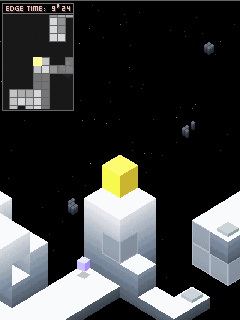Gameplay facts for kids
Gameplay is how you, the player, interact with a game, especially a video game. It's all about the connection between you and the game's rules, the challenges you face, and how you overcome them. Gameplay also includes the story and how you feel connected to it. For video games, it even covers how cool the graphics and sound are to you!
What is Gameplay?
The word gameplay became popular in the 1980s when video games started to become a big thing. At first, it was only used for video games. But now, people use it to describe other types of games too, like board games or card games.
Generally, gameplay means the whole experience you have while playing a video game. It's not just about how the game looks or sounds. It's about how fun and engaging the game is to play.
Sometimes, you might hear the term Game mechanics. This refers to the specific rules and systems within a game that make it work and create an enjoyable experience. Think of game mechanics as the engine of a car, and gameplay as the whole driving experience. Experts often use "game mechanics" when they need to be very specific, because "gameplay" can mean a lot of different things.
Different Kinds of Gameplay
There are many ways games can be played, and each has its own style of gameplay. Here are a few types:
- Cooperative gameplay: This is when players work together to reach a goal.
- Deathmatch: A type of game where players fight against each other until only one is left, or until a certain score is reached.
- Emergent gameplay: This happens when players discover new ways to play or new things to do in a game that the creators might not have planned.
- Hack and slash: A type of game, often an action game or role-playing game, where the main goal is to fight many enemies using close-range weapons.
- Leveled gameplay: Games that are divided into different stages or levels, each with its own challenges.
- Micromanagement: This involves carefully controlling many small details in a game, like managing resources or individual units.
- Nonlinear gameplay: Games where players can choose their own path and don't have to follow a strict story or order of events.
- Passive gameplay: When a game requires little direct action from the player, often involving watching things happen or making infrequent choices.
- Twitch gameplay: Games that need very fast reactions and precise movements from the player.
See also
 In Spanish: Jugabilidad para niños
In Spanish: Jugabilidad para niños


